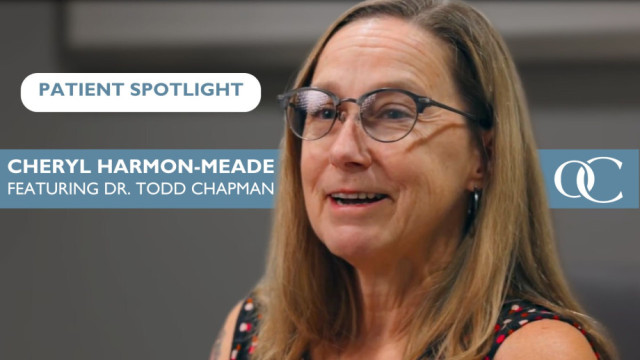
From Scoliosis to Exuberance: Cheryl Harmon-Meade's Uplifting Saga of Spinal Fusion and Rehabilitation Showcases Resilience
Cheryl Harmon-Meade was diagnosed with scoliosis at age 14. With her condition deteriorating swiftly, the brace was no longer a viable option. Instead, they could only observe her scoliosis as it advanced at an alarming rate.
By age 17, she faced her first spinal fusion surgery, beginning a lifelong struggle with back pain. This is Cheryl's story...
Understanding Scoliosis
Like Cheryl's, most scoliosis diagnoses often leave doctors puzzled as the exact cause is usually unknown. It typically manifests in children aged 10 to 15, similar to Cheryl. In some cases, scoliosis may be attributed to factors such as muscle diseases, birth defects, or injuries.
Scoliosis is when the spine has a distinct curvature present. People with scoliosis, like Cheryl, have spines that look more like an "S" or a "C" rather than a straight line. This curve can be small, like a gentle bend, or big, like a sharp twist.
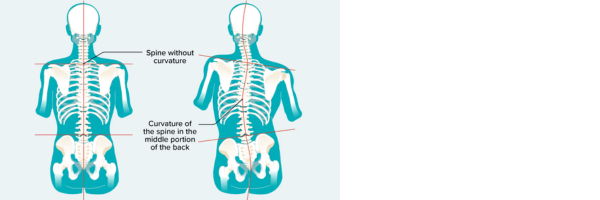
Each patient's scoliosis progresses at its own pace, with some cases advancing more rapidly than others, making it important to monitor for any additional symptoms that may arise due to the curvature of the spine.
Development of Chronic Pain
Over time, Cheryl's back pain got worse, and in the year 2000, she was diagnosed with sciatica pain, causing numbness in her legs, hands, and fingers.
Sciatica is pain that follows the path of the sciatic nerve, which extends from the lower back, through the hips and buttocks, and down each leg. It's usually caused by a herniated disk or bone spur compressing the nerve, leading to inflammation, pain, and sometimes numbness.
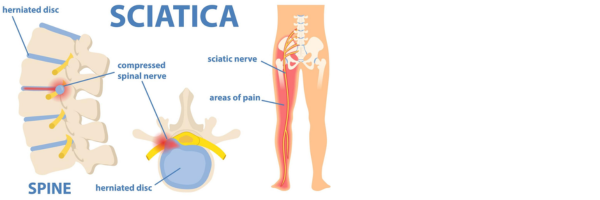
Deciding on Surgery
With this constant pain, Cheryl couldn’t walk for more than about five minutes at a time without being in “misery." Cheryl tried temporary, non-invasive treatments such as injections and nerve blockers, however, these failed to ease her long-term pain from routine activities, prompting her to reconsider surgery.
In 2016, Cheryl found her way to OrthoCarolina's Dr. Todd “Matt” Chapman, who determined that another surgery would be needed as her quality of life had diminished significantly. Together, they decided that a spinal fusion would be the best solution to fix her back.
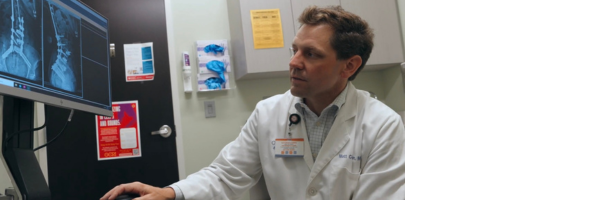
Spinal Fusion
A spinal fusion is a type of surgery used to join two or more vertebrae in the spine. The goal of this procedure is to stop the movement between the vertebrae, which can help relieve pain and improve the stability of the spinal column. Dr. Chapman made an incision in Cheryl's abdomen to reach the anterior, or front part, of the spine. This approach allowed him to work directly on the bones to establish a strong foundation. By accessing the spine from the front, the fused area became stable and less likely to move.
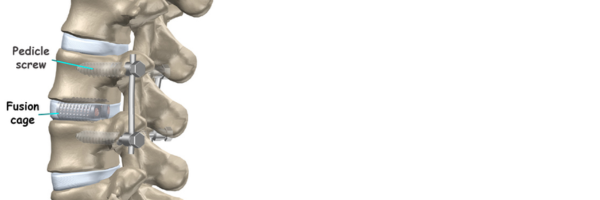
He also surgically accessed her back, where she had previously had spine surgery before, to extend the fusion, joining multiple vertebrae together. To ensure everything stayed in place, added pedicle screws were added. This surgery offered Cheryl a shot at a life with less pain.
Embracing Life Again
Following her surgery, Cheryl faced rehabilitation with grit—overcoming obstacles and celebrating progress. Her perseverance led to a life-altering recovery. Cheryl now relishes relatively pain-free moments with her grandson, cherishing what's truly important.
"It has been very life-changing for me, we just took our first vacation in years and we didn’t have to take my back into consideration," she says.
Watch Her Journey Here:
Back




Leave a Comment